On the back roads
We had a plan to get to Hiroshima 広島 in about 5 or 6 days, and had booked some accommodation in the middle of nowhere between Kyoto and Hiroshima, in Hyogo prefecture. In the morning we visited the aforementioned Tojinbo, weather the storm, and drove our little keicar along the Sea of Japan coast road, Route 305. We were driving past Tsuruga as we continued onwards through the local roads, and came across this absolutely magnificent factory which looked decades old. Rusted, weathered, and an enchanting green hue. The evening light was helping everything, and gave a stunning ambience. Thing is, this is a currently in-use factory, namely the Tsuruga Cement Works.
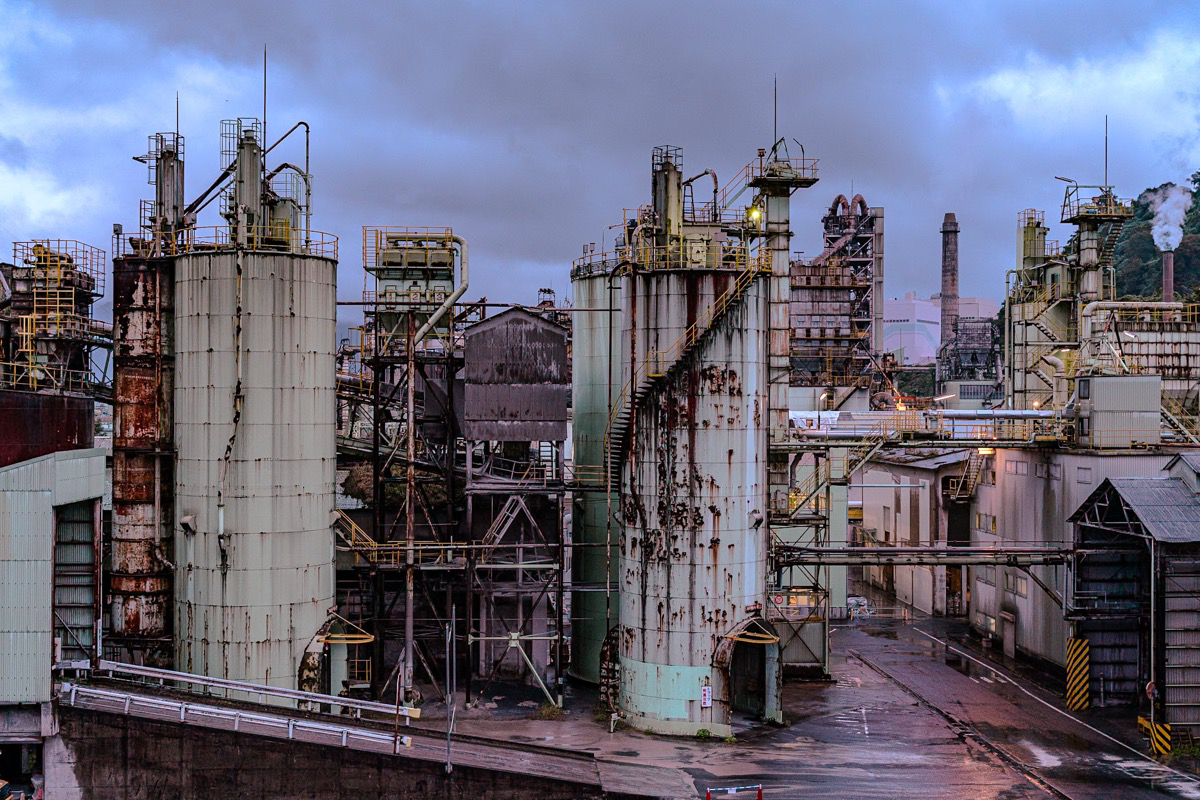
You can see how gigantic these structures are, but in person it’s something else. Check it out on Google Maps if you like.
We continued driving and arrived at the hotel long after dark. Sunset is early in Japan, so there’s definitely a pressure to get up in the morning and get moving. Which is what we did the following day.
We made use of the car’s inbuilt navigation and would occasionally check google maps for anything interesting in our vicinity, but generally we drove without a care as to exactly where we were. We had to head West, it was that simple.
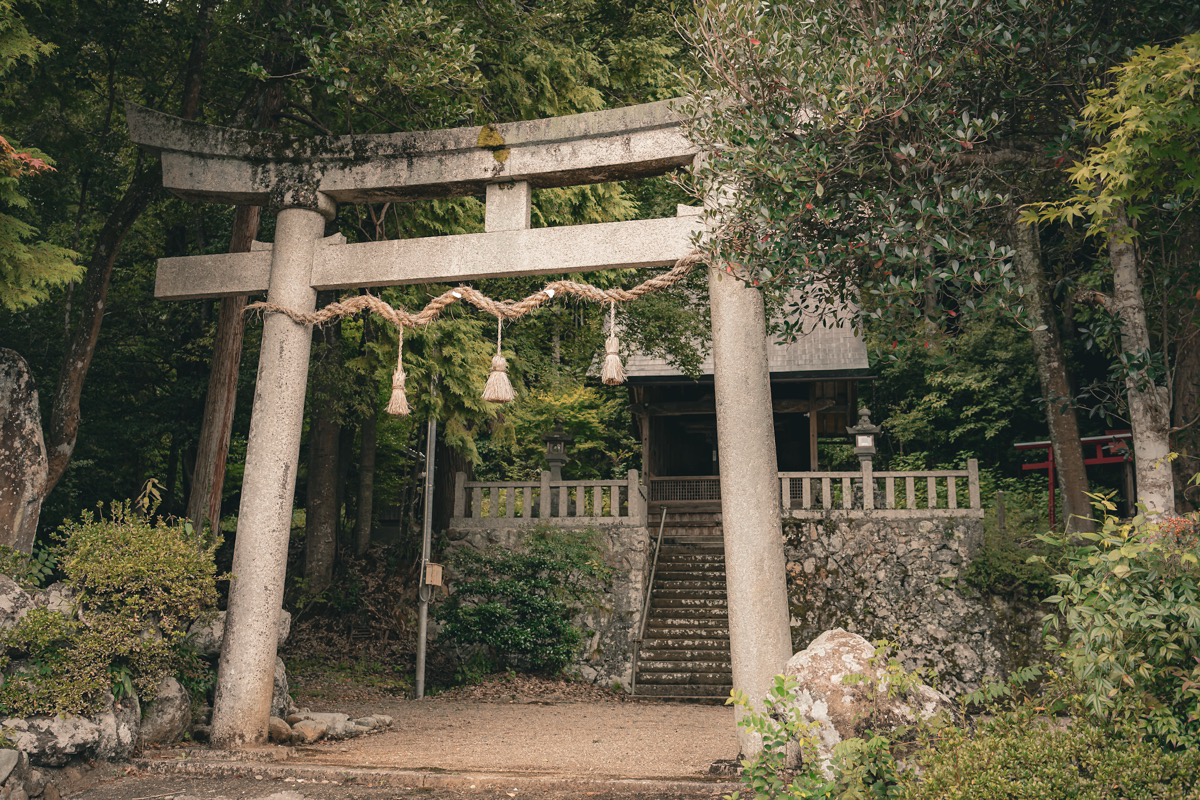
Most tourists will naturally gravitate towards the cities, and then when leaving the cities, will hit the most famous spots. For me, Japan’s countryside is a lush and mountainous jungle, with villages and towns scattered here and there. And each of these villages and towns will have a very old history, one very different from anything in Europe. The Roman Empire, for example, linked most of Western Europe in a plethora of exciting and interesting ways. Medieval Europe was something very similar from Ireland down to Greece. Japan on the other hand was isolated from the world, and most importantly at the time, nearby Asia. Buddhism and a writing system had been imported, but very little other influences made their way into Japan. Thus gave rise to the feudal samurai-era for almost 1000 years.
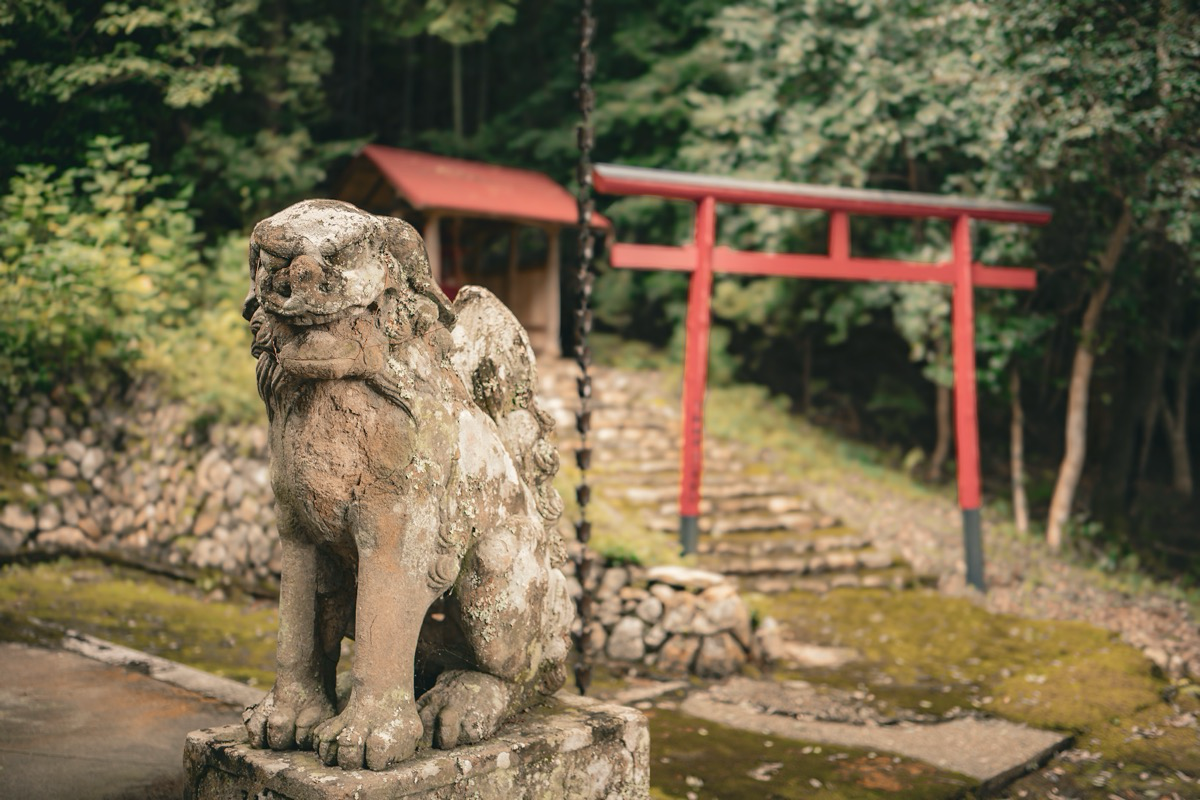
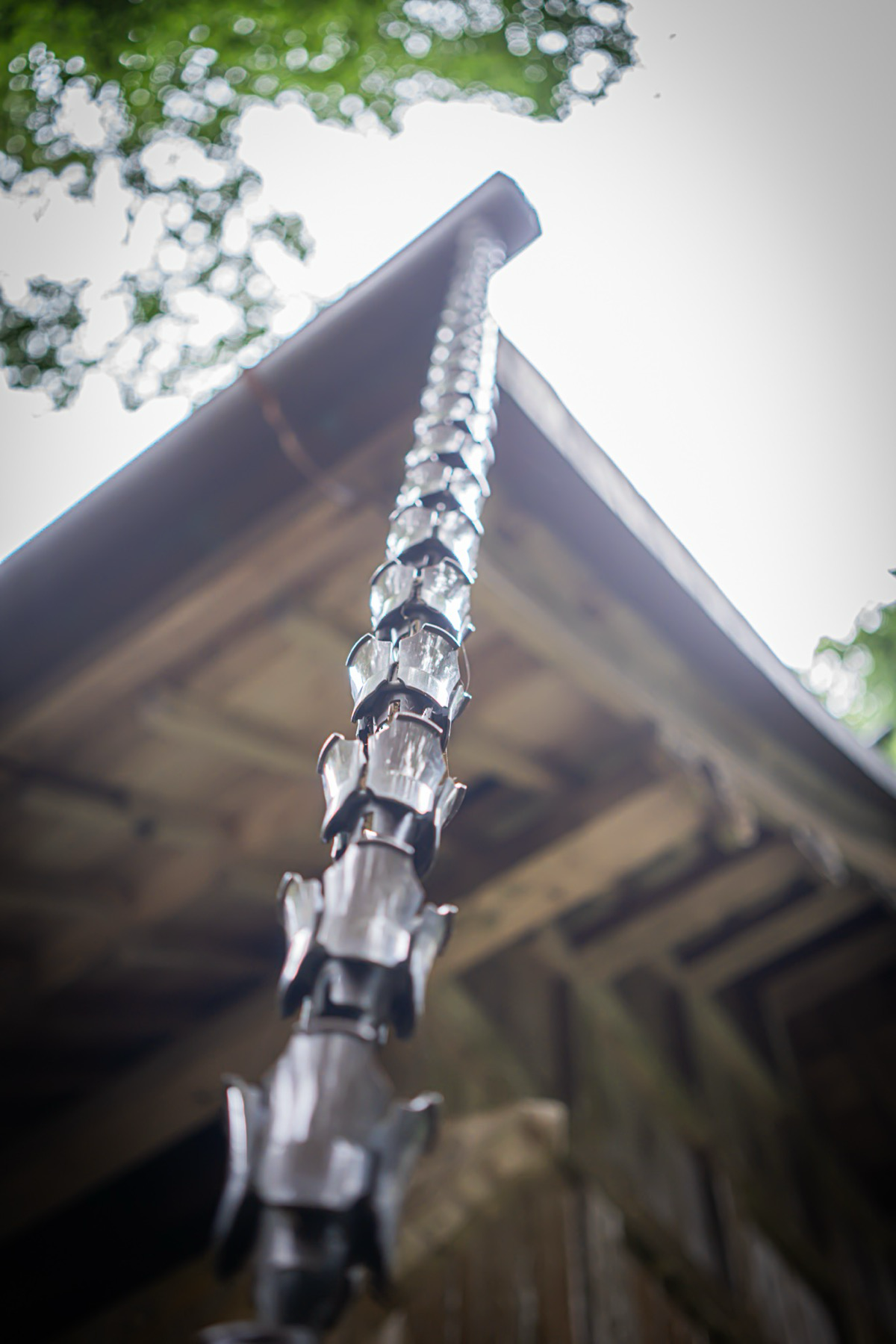
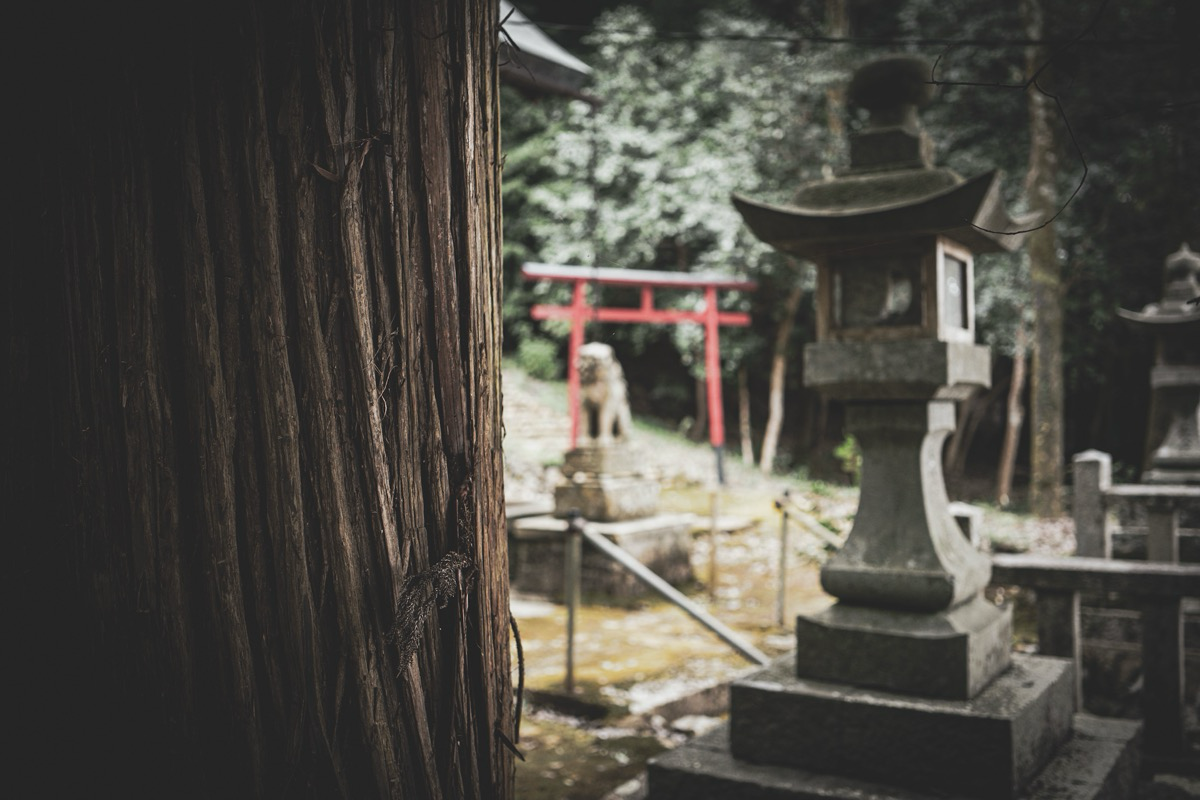
I have to think of these times quite often. They intrinsically interest me, and I’m currently reading a book on the Samurai. One thing that I can’t help but ponder, is how long so many of these structures have been here. Wooden temples standing for hundreds of years—who built them? How many other people have prayed here over the centuries?
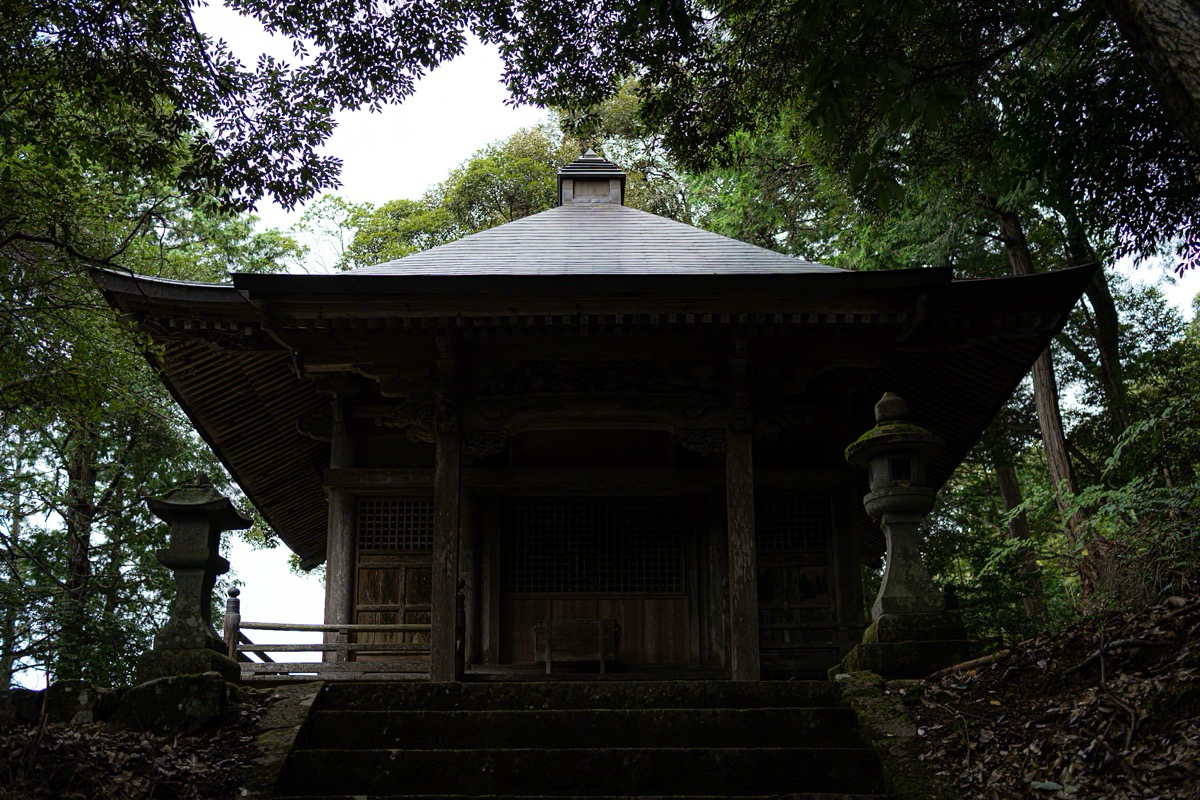
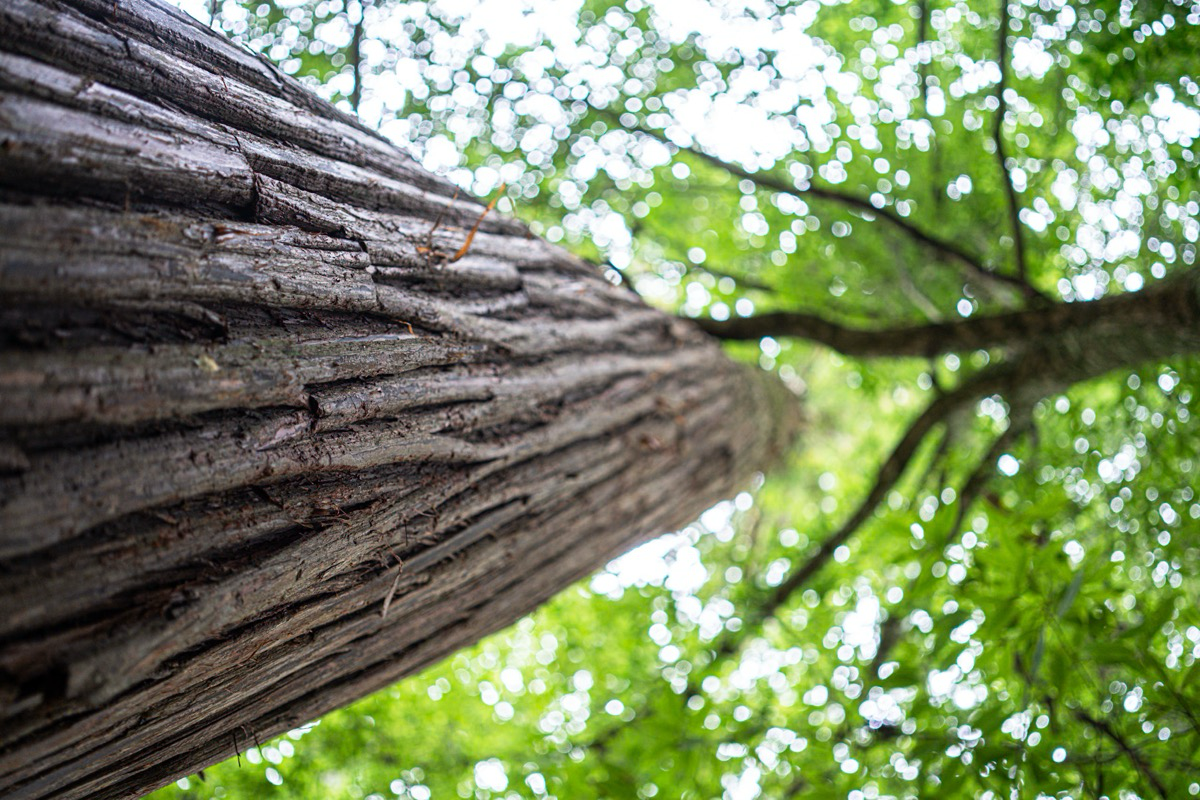
We continued our road trip, heading inland somewhat to cross through Hyogo. Japan is a clean country overall, especially in the cities (somewhat ironically). Outside of the central hubs, it’s evident that time has stood still for the last 30 years since the bubble burst at the end of the 1980s. Japan’s economic situation is often referred to as the “Lost Decades”. A speculative bubble on assets and the stock market burst in the 1980s when the Bank of Japan raised interest rates to cool inflation. Companies and individuals following this crash had enormous debts. Even though the interest rates in Japan were lowered, people were not spending as they wanted to pay off debt or simply be more cautious than before. Japan had some good years, specifically 2012-2020 with the late Shinzo Abe’s ”Abenomics”. Unemployment reached record lows during this time. However, Japan’s public debt is around 250% of GDP, and Japan is a country that still manufacturers goods (not just service industry). Japan is the third largest economy by nominal GDP and perhaps most importantly of all, maintains a high standard of living.
Short “lesson” in Japanese economics over, and we get back to my point. The Japanese tourists abandoned almost everywhere in Japan compared to to the mid-Showa era, and it’s like most of the country is sitting in 1982. Obviously this is something somewhat nostalgic, but things are weathered, crumbling, or just looking old. The arrow of time only points in one direction, after all.
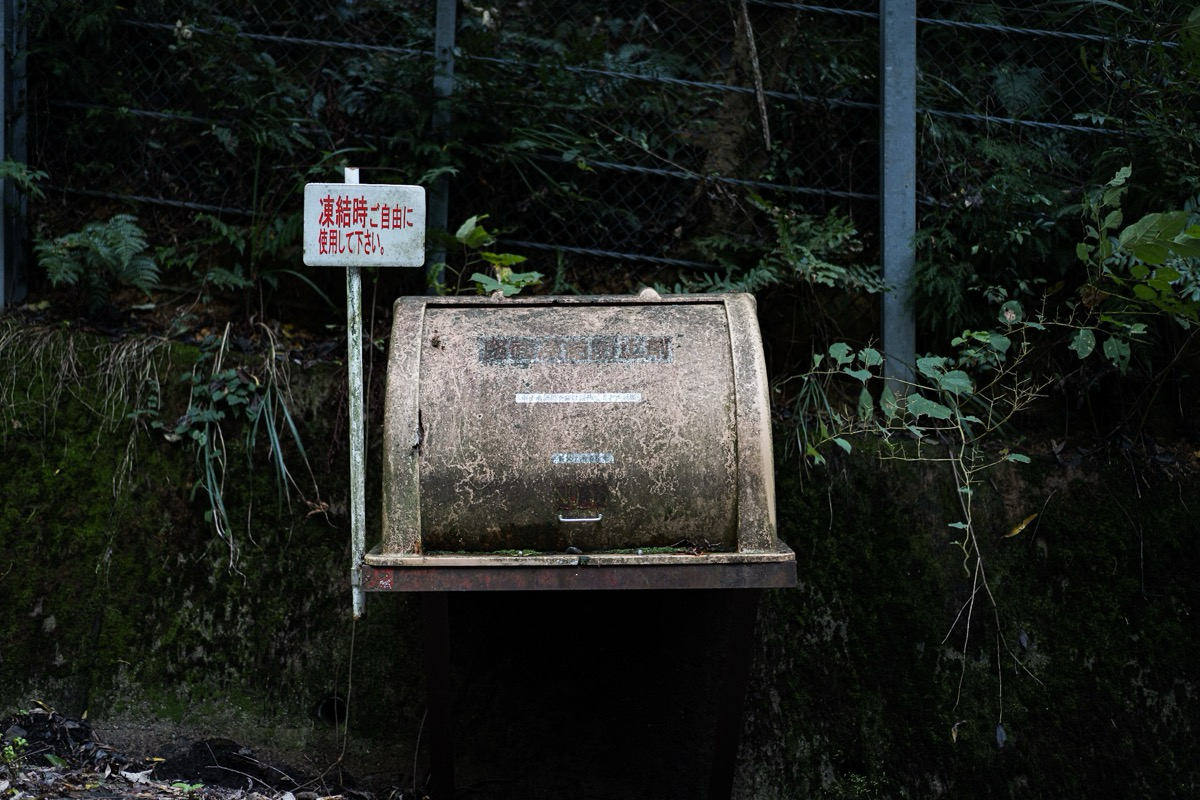
~Caution, spider photo is last…~
So we pause this thought to celebrate the rural aspects of Japan. Modern tourists do visit here, but are mostly attracted to Tokyo for the fact is basically has everything under the sun, or Kyoto for that feeling of “old Japan”. But scattered around the islands of Japan are kind and reserved people, quietly getting on with their lives away from crypto, American politics, Elon Musk, and the internet at large. They’re gardening and arranging flowers. The same thing that has been happening for centuries. Just like the spider in the photo below, spinning the same webs over and over, no matter the day, week, month, or year.
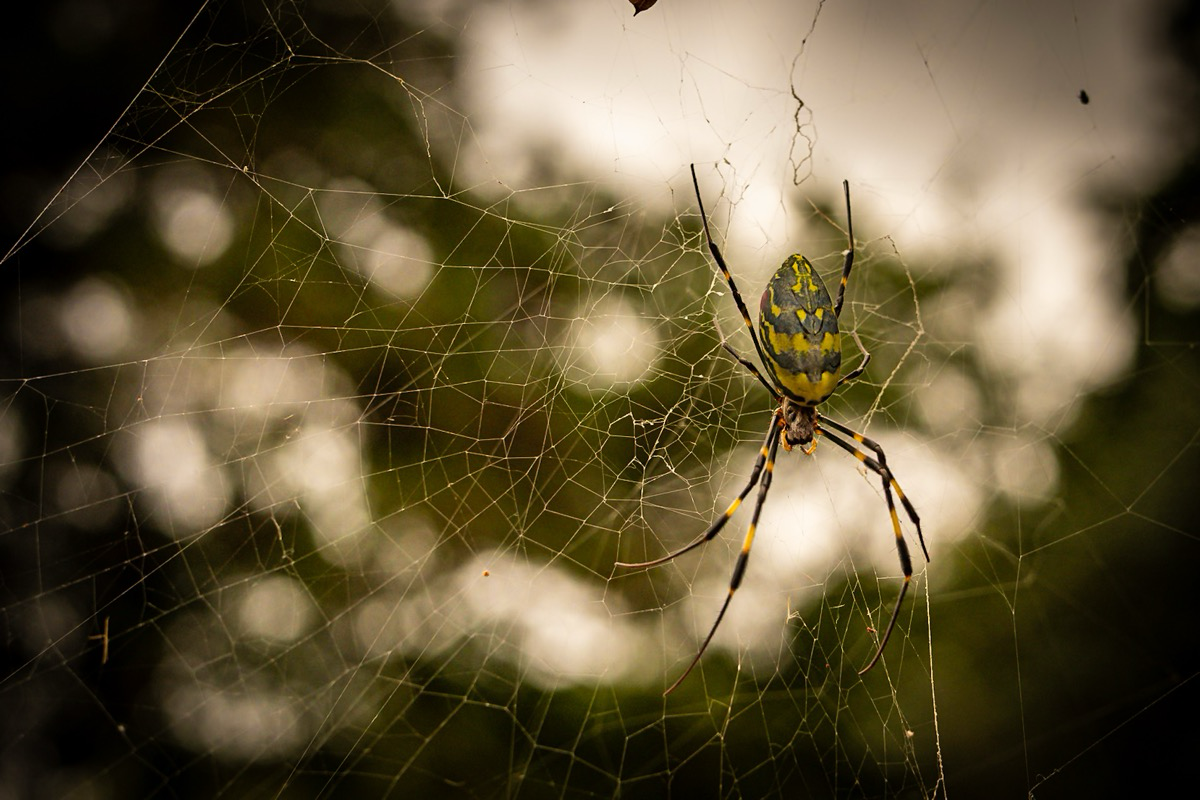
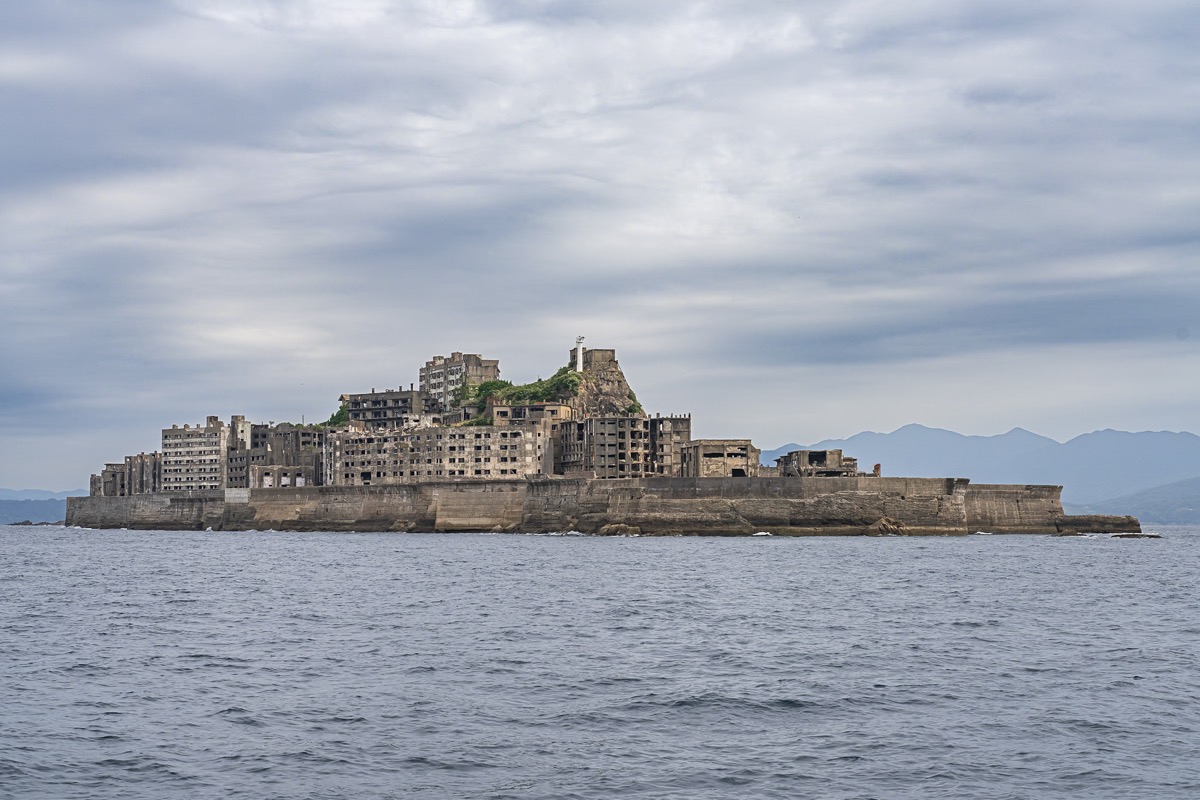
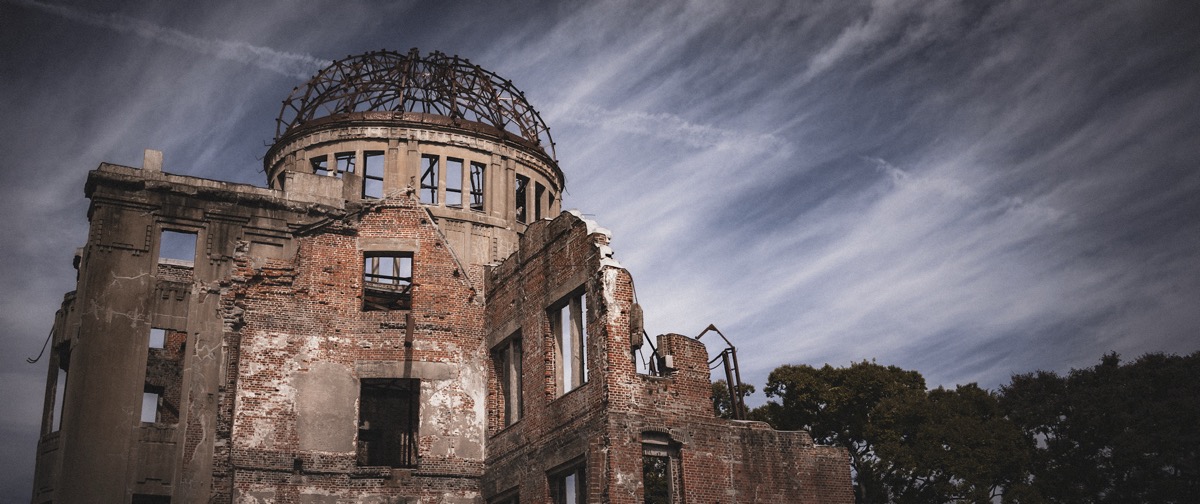
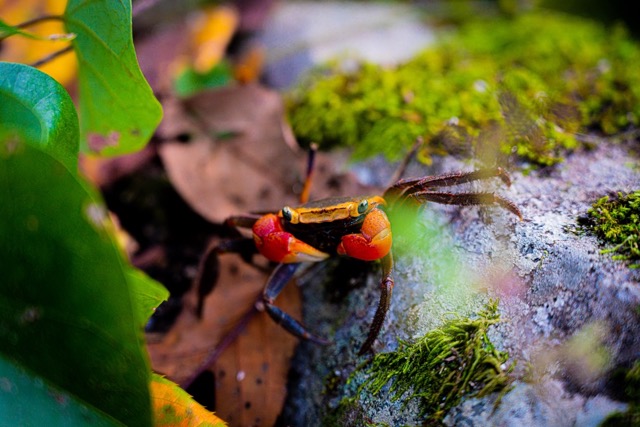
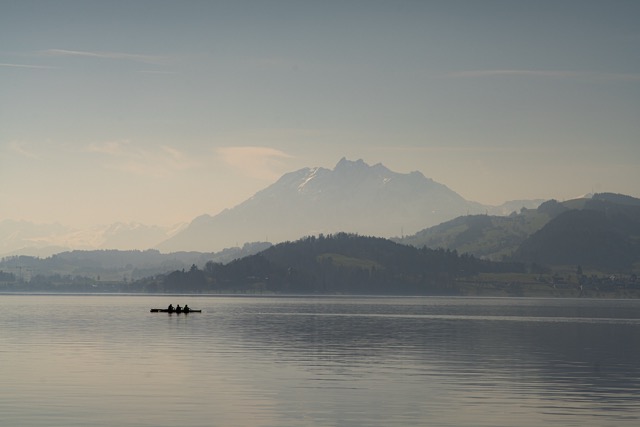
Leave a comment